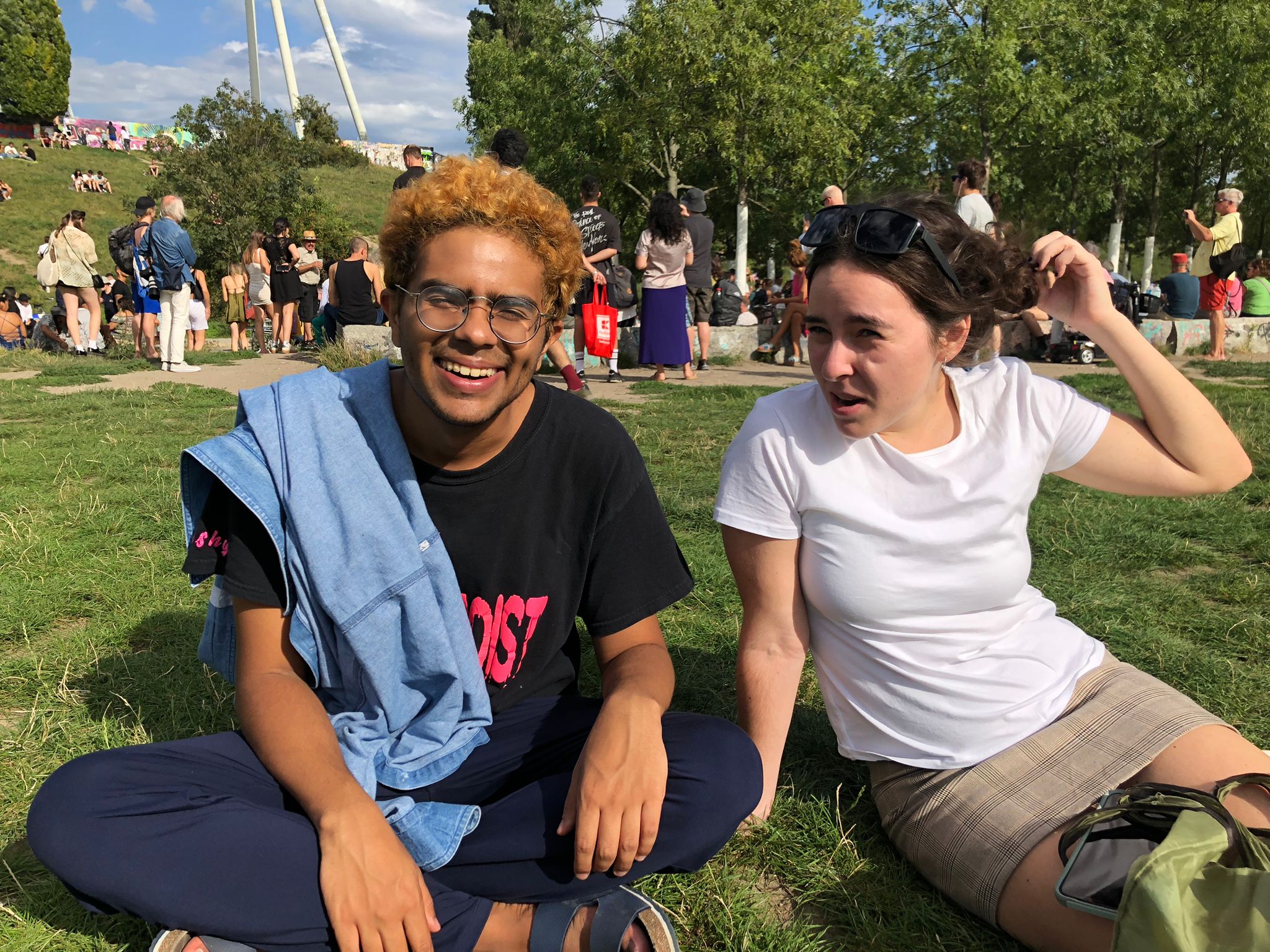
Day at the Museum
By:
Published:
Countries
Demographics
Majors
Regions
In my German class this summer, we have an excursion every Wednesday. For our first excursion, we visited the Humboldt Forum, a new, enormous museum. Even compared to the world-renowned museums of Berlin’s Museumsinsel complex––which display the Ishtar Gate, Pergamon Altar, bust of Nefertiti, and an impressive collection of Greek and Roman marble statues––the Humboldt Forum stood out in many ways.
It was very interesting to visit a history museum that was so concerned with the present and future. In my favorite part of the museum, its Berlin Global exhibit, the curators have made a painstaking effort to provide a comprehensive overview both of Berlin’s historical and contemporary culture. The exhibit is divided into sections which discuss a particular component of Berlin’s culture––the histories of law, politics, or migration in the city, for example. Each one of these sections traces the most important moments of those cultural histories and draws a line between them and the present, asking provocative questions about the future in the process. Like a typical history museum, the question at the heart of the museum is how to make sense of the past’s lingering influence on the present. But unlike any other history museum I’ve been to, the Humboldt Forum also asks how we can make use of the past to guide our futures, how and where we might take inspiration from the archive.
As someone who spends a lot of time in museums, the Humboldt Forum (or more specifically, Berlin Global; the museum has other exhibits, but I didn’t spend much time in them) was a particularly unusual and inspiring place to be. It was by far the most interactive museum exhibit I have ever visited, and I left feeling much more knowledgeable about the city around me and also hopeful for the place it might become. The Humboldt Forum is by far the newest museum I have ever visited. I can count the number of museums I’ve visited that have opened in my lifetime on one hand, and the Humboldt Forum opened in 2020. There was a lot about the Humboldt Forum that I found really striking, and I think a lot of it has to do with this recency.
The museum itself has a complicated history, one situated in the tensions in Berlin’s history that the exhibit focuses on. Before World War II, a large Prussian mansion sat in the plot of land where the Humboldt Forum now exists. That building was destroyed in the bombing of Berlin; in its place, the government of East Germany built its parliament building. In 2008, that parliament building was demolished by order of the unified Reichstag, and the Humboldt Forum, which is styled after the Prussian mansion which used to sit there, was built to replace it. This was not a universally popular decision, and Berlin Global tackles this problem, asking who the Humboldt Forum is for, what political purposes it serves, and whether its very existence is not an erasure of history. Similarly, much of the Humboldt Forum is dedicated to an exposition of Germany’s imperial holdings. Its upper floors are dedicated to artifacts from the formerly colonial world, and the curators also question what it means to build such a museum in the 21st century, especially in the context of debates about the repatriation of art. I felt that parts of this attempt to reckon with the impact of the Humboldt Forum fell flat––sometimes, it felt that the exhibit was trying to apologize for its own existence––but I did find the focus on the place of museums in society refreshing.
All of this gave me a lot of hope for the future of museums. I have loved them all my life and I’m very excited about the direction they might take in the future. If Berlin Global is any indication, museums are headed somewhere altogether more social and aware than they’ve ever been.
After the museum, I went to a picnic with a friend from class, which is where the photo is from!
